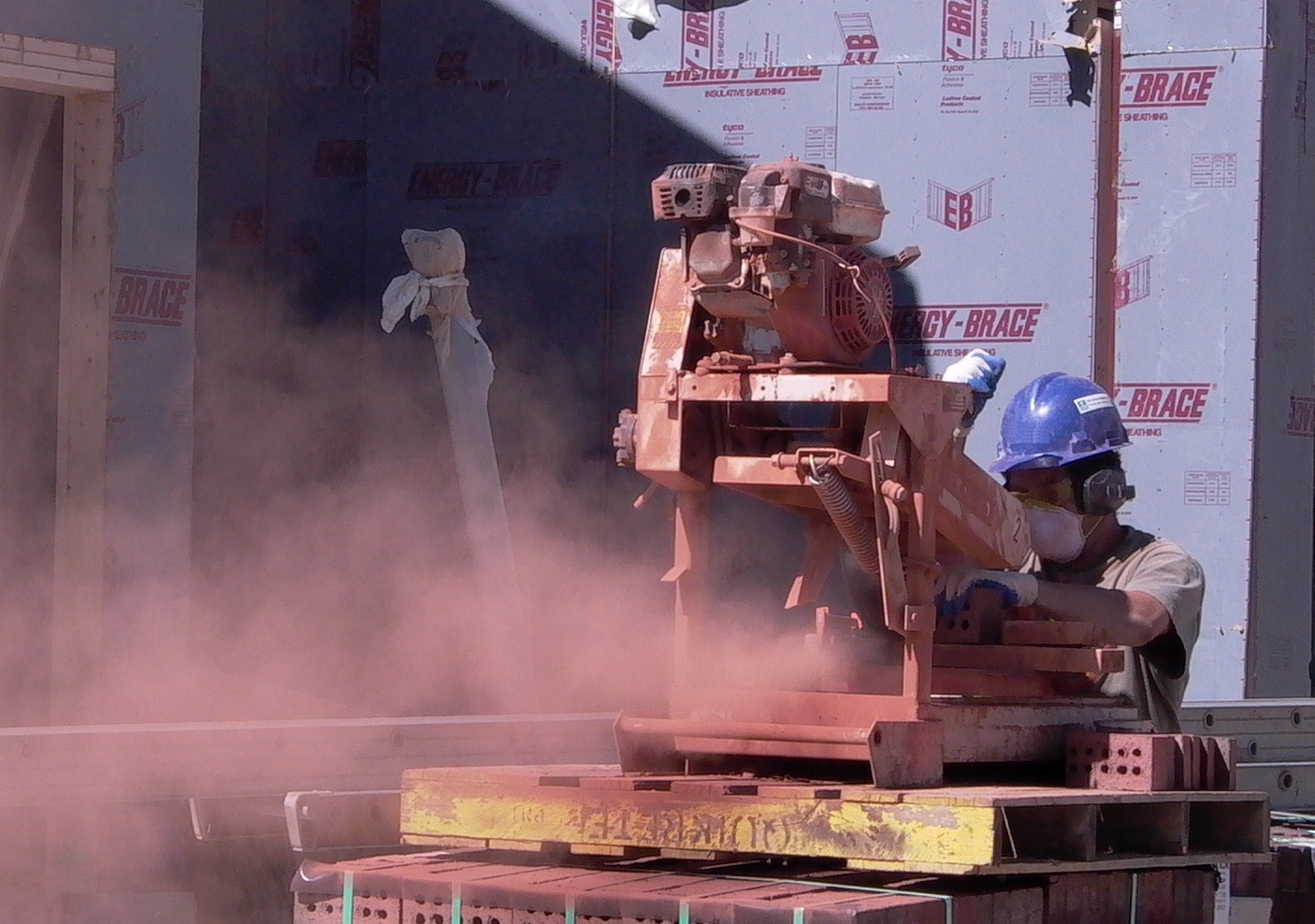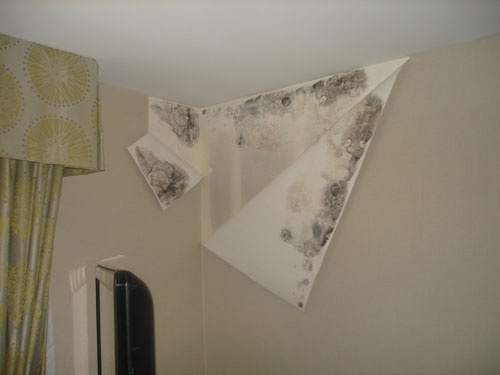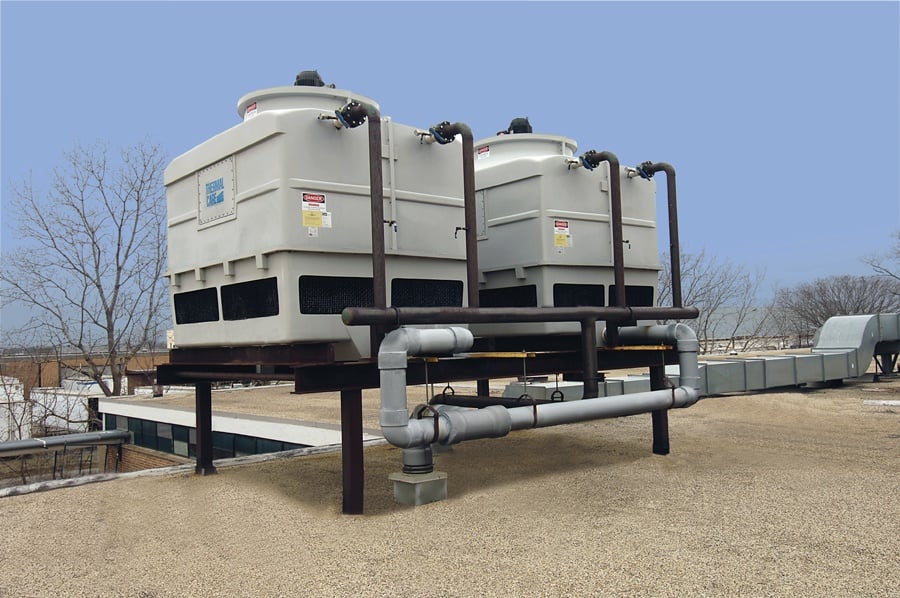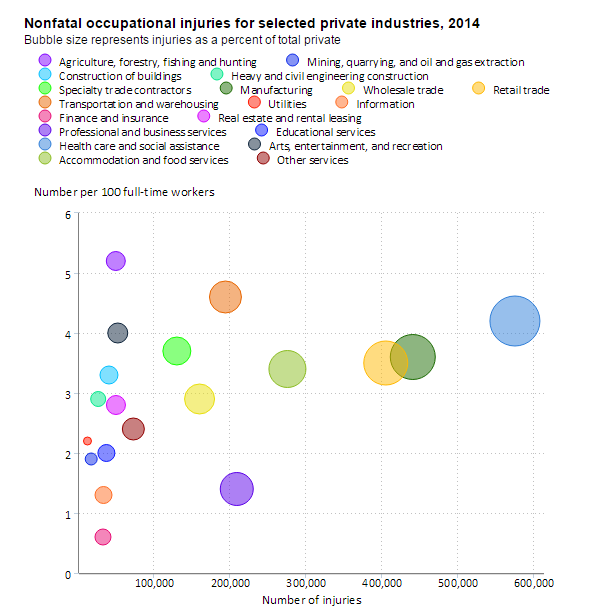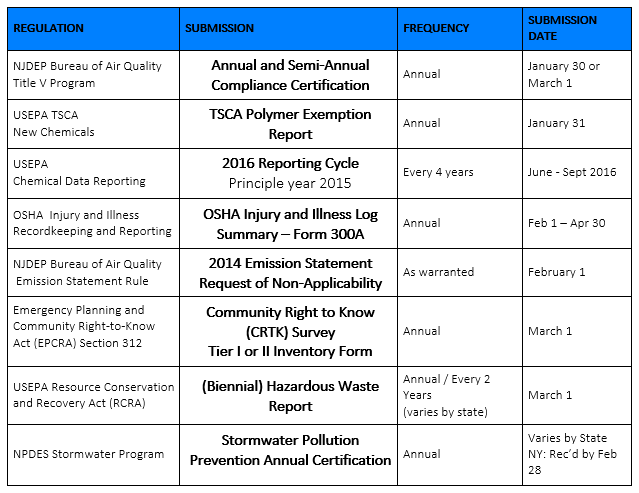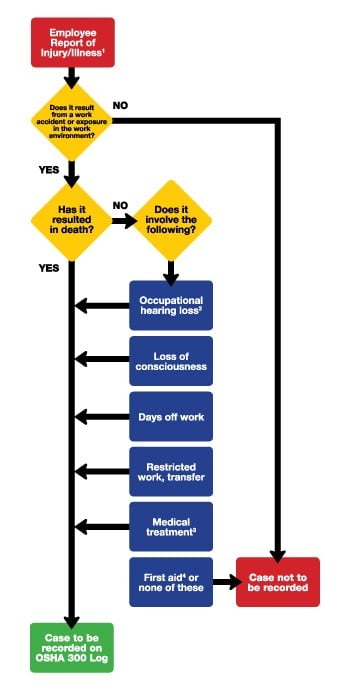Just as we all take a deep breath after getting the CRTK submissions on March 1 --- now it is time to get started pulling together the information for the next round of submissions. We’ve pulled together our Spring and Summer submission list. Similar to our 1Q2016 Regulatory Submission Reminder, we detail information about the regulations that require submissions from mid-April through September 2016 along with specific dates to help you ensure that everything is submitted on time!
Read MoreEnvironmental Health and Safety Blog | EHSWire
Topics: OSHA, EPA, TSCA, regulations, regulation, regulatory
OSHA's Final Rule for Respirable Crystalline Silica
Posted by Emilcott Associates
OSHA's final Crystalline & Silica Rule has been officially published in the federal register and will be effective on June 23, 2016. Compliance date range from June 23, 2017 for the Construction Industry with most of General Industry meeting compliance in June 2018.
Read MoreTopics: Lower PEL for Crystalline Silica, Exposure to silica dust, New OSHA Rule on Silica, silica dust exposure, OSHA releases new silica rule, OSHA Compliance
Spring Cleaning: What About Your HVAC System?
Posted by Emilcott Associates
Indoor air quality complaints from employees can be quite common in office environments. Symptoms such as red or itching eyes, cough, colds, allergies, headaches and unusual odors are some of the issues that can be reported by building occupants. In the course of investigating contributing causes, a review of the buildings use history, inspection of the immediate complaint area and measurement of various airborne contaminants may not reveal a likely source. This is when a trip to the air handling unit (AHU) on the roof becomes necessary.
Read MoreTopics: indoor environmental issues, indoor environmental air quality, indoor air quality, indoor air quality evaluations, dust control, Mold, air pollution, indoor environmental quality, HVAC, AHU
What should you know about mold assessment and remediation in indoor environments in New York State (NYS) as of January 1, 2016?
Read MoreTopics: Mold, mold assessor
As of November 13, 2015, all owners and operators of cooling towers in New York must abide by New York State Department of Health (DOH) regulations concerning operation and maintenance of cooling towers, evaporative condensers or fluid coolers. The regulation was implemented to aid in the control of Legionella and are intended to minimize potential exposures to the public who live and work near cooling towers and equipment. This regulation requires registration and periodic reporting, testing, inspection, and certification.
Topics: ASHRAE's Legionella Standard, Legionella, new york, New York State, cooling towers
How Do Your Injury Statistics Compare With Other Companies?
Posted by Emilcott Associates
It’s that time of year again – on February 1, we will all be posting our OSHA 300A injury/illness summary. Emilcott reviewed this in a recent blog, OSHA Forms, and in following this theme, we thought it might be interesting to look at some of the data provided by the Bureau of Labor Statistics (BLS) about 2014 injury and illness incident rates.
Read MoreTopics: workplace injuries and illness, OSHA Injury, establishment-specific injury and illness data, annual Occupational Injuries and Illnesses Report, severe work-related injury and fatality reporting, final rule revision to the Injury and Illness Reco, injury, Bureau of Labor Statistics, OSHA Injury and Illness Recordkeeping and Reportin, osha 300, incident rates, industies
Most domestic manufacturers and importers are required to provide submissions to the Federal EPA or their State environmental departments. For some, it is a broad range of different government agencies. With so many regulatory submissions, it can be hard to keep them all straight, so we have compiled a list of which regulations and submissions are due for the first quarter of 2016. This list even includes specific dates to keep you right on track and help you ensure that everything is submitted on time!
Read MoreTopics: EPA, submission
January 1st Kick-off List for CRTK and TRI Reporting
Posted by Emilcott Associates
Another calendar year! Where does the time go? After the holiday bustle has ended, my next task is to start gathering up receipts and records for income tax filing. Just like taxes, our businesses face regulatory submission deadlines, reporting data from the past year, including Submission of the EPA Community Right to Know (CRTK) Survey and the Hazardous Waste Biennial Report (or Annual for some states), which are due March 1st. Also on the horizon, is the EPA Toxics Release Inventory (TRI) and the New Jersey Release and Pollution Prevention Report (RPPR) both due July 1st.
Just like holiday gift shopping, the compilation and reporting process is less stressful and yields better results, if I begin early and develop a strategy with deadlines in mind. As such, here is my personal January 1st kick-off list that should make the time-consuming process of CRTK and TRI reporting easier to handle.
1. Start requesting and gathering all the information needed for these submittals:
Topics: EPA, preparedness, TRI, CRTK, recordkeepinng, toxicity, waste, records
There are three OSHA recordkeeping forms that you should we aware of as an employer. These include the OSHA 300 Log, the OSHA Form 301 and the OSHA 300A. The OSHA 300 Log is used to record and track work-related injuries and illnesses as well as any associated lost, restricted or transfer days. The OSHA Form 301 is used to describe details associated with work-related injuries and illnesses and to report Workers’ Compensation claims to insurance carriers. It is not unusual for many insurance companies to have an “equivalent” to the 301 Form that they use internally. OSHA allows for the use of an equivalent form, provided that it contains as least the same required information as the OSHA Form 301. The OSHA 300A or annual summary, only includes a summary of work-related injury and illness information including the number of cases, all associated lost and/or restricted days and selected operational information such as the employers address and NAICS or SIC codes. Key requirements of the OSHA 300A are that it must be reviewed by a senior member of the management team, signed to indicate their approval and posted for a specific period of time. Additional information on each of the three forms is contained below. All forms are available at www.OSHA.com.
Read MoreTopics: OSHA, OSHA Compliance, OSHA 300A Preparation
Employers are responsible for recording all work-related injuries and illnesses. If you are unable to determine if an injury or illness is recordable after you have completed the investigation, and evaluated all available documents, it is recommended that you contact the OSHA area office nearest you.
Read MoreTopics: OSHA, OSHA Recordkeeping regulation (29 CFR 1904), severe work-related injury and fatality reporting, OSHA Compliance, OSHA Hazard Communication Standard, reporting, Medical Records, OSHA Injury and Illness Recordkeeping and Reportin




